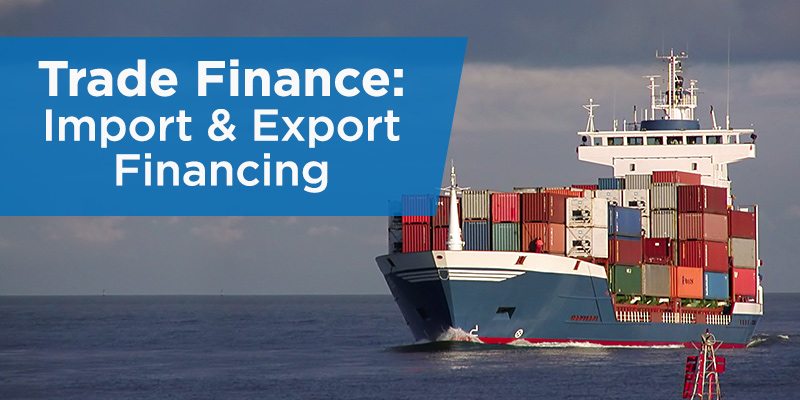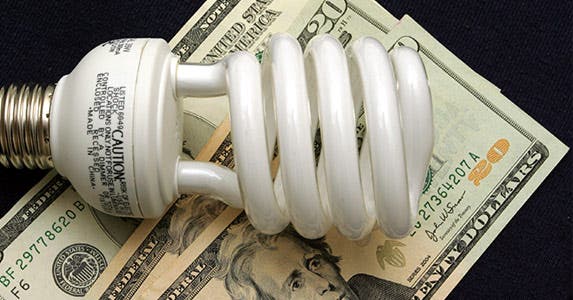
Making sound investment decisions is very important, regardless of if you’re a well-seasoned investor or a novice. It increases your chances of receiving a favorable return on your investment. And of course, since everyone wants to decrease the risk associated with making investments, it’s important to develop the key traits that other great investors have developed in the past. That may mean getting up a little earlier, studying the way industry more or better applying yourself to investment strategies if you are currently investing or planning to become an investor in the future. If so, be sure that you acquire these critical seven traits before moving forward.
1. Discipline
One of the things that many successful investors have is discipline. In order to be good at investing there are a lot of things that must take place, including things such as:
– follow up and follow-through
– finding systems that help keep you current and up to date with the latest investment trends
– controlling your spending
– doing an adequate amount of due diligence
– reducing or controlling making compulsive investments and so forth.
Maintaining these areas can play a key role in having the level of discipline needed to make effective investment decisions that yield great results.
2. Time Commitment
Making good, sound investments take time. Successful investors take the time needed to effectively assess their personal finances during different stages of their lives to better determine how much of a risk they can afford to take. Adequate time must be put into researching the market prior to making good investment decisions. This allows seasoned investors to make the necessary adjustments to their investment strategies far in advance of any foreseeable major life events. For example, major life events such as the birth of a child, having to pay for tuition, going into retirement, or anticipating divorce or even the death of a loved one can have a significant impact on your investment efforts. Successful investors put in the time to reassess and re-balance their accounts to reduce risks.
3. Confidence and Assurance
Successful investors are also confident about their investment decisions. This is because they use facts, historical information and perform research prior to making investment decisions. This provides them with the confidence and assurance that is needed to make the best investment decision possible.
Additionally, great investors also know exactly what to do should there be a crash in the stock market. They have learned not to overreact in these situations but to rely on prior techniques and strategies that they can use to guide them during stressful situations.
4. Risk Tolerance and Management
Successful investors know and understand that there is some level of risk associated with making an investment in the stock market or other investments. To better manage and reduce the risk associated with such investments, they perform an assessment of how much risk they can tolerate. That way, if any losses take place, they are not financially crippled as a result of it.
One of their other strategies consists of diversification, studying the markets and not being easily moved by what’s going on in the news.
5. Knowledge and Experience
Successful investors, even if they are new to investing, acquire a certain level of knowledge about investing before they make their investment choices. They can either rely on their own personal investing experience or surround themselves with others who are experts in the field.
Basically, successful investors avoid making decisions without having the proper knowledge to guide them. Having knowledge in advance can be used as a means to allow financial literacy to become the foundation for making sound investment decisions and better financial choices overall.
Scott Langdon from MoneyTaskForce.com says, “knowledge helps you to not only know the price of various things but to know the value of them too.”
6. Keeping Up With the Current Investment Trends
In order to make the best investment choices possible, it’s imperative to keep up with the current market trends. Not only this, but it’s equally as important to have a sense of history about various market conditions as well. The history can be used as a reference point when making vital investment decisions, as financial trends sometimes repeat themselves.
Great investors are also knowledgeable about areas such as:
– capital gain holding periods
– foreign, political and legal issues that could impact the market, and so forth.
Basically, successful investors keep themselves well-informed about a wide variety of things that could have an impact on their investment products. To that end, successful investors keep themselves well-informed about a wide variety of things that could impact their investment choices and you should too.
7.Patience and Determination
These last two traits are very important. Although they are both very different, both are very necessary.
Because becoming a good investor takes time to develop, you need to have the patience to develop the skills needed to be effective. As a result, it takes patience to arrive at the best investment decision that yields the most effective outcome.
You must also be determined to make the investment that yields the best results. Here’s what I mean, you must be determined to find the right investment vehicle and the right strategy as opposed to taking unnecessary risks.
This combo trait allows you to implement both patience and determination whereby you can press forward to get through any uncertainties or challenges during the investment process.
As with other successful investors, you can win at the game of investing by pushing yourself forward based on the financial course that you have set for yourself.
Of course, this may require a great deal of time and patience to pull off. But it will certainly be well worth the wait.
To sum up, if you want to become a successful investor, it’s important to adopt the qualities mentioned here in this guide. It can help transform your investment efforts from being an average investor to becoming a well-seasoned pro.


:max_bytes(150000):strip_icc()/diarrhea-in-dogs-1117837-final-aec1d0d846a84c918418f25036c1e36e.png)




